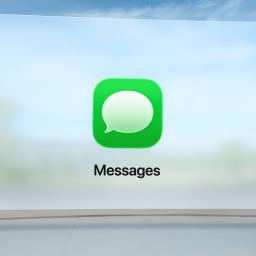If You Can't Activate iMessage After Updating to iOS 26, Try This

Did you know you can customize Google to filter out garbage? Take these steps for better search results, including adding my work at Lifehacker as a preferred source.
When you updated your iPhone to iOS 26, you were probably expecting to try out a bunch of new features. Maybe you were excited to see the new Liquid Glass design, or interested to see how the new spam prevention tech works. But if you opened Messages to send a text after updating, you might have run into a frustrating problem: All of a sudden, you aren't able to activate iMessage with your phone number.
It's not clear how widespread the problem is at this time, but it seems to be a big enough issue for Apple to formally address it. As spotted by MacRumors, Apple now has official troubleshooting steps for anyone experiencing iMessage activation issues specifically after updating to iOS 26.
Though we don't know the scope of the users affected, we do know who might be affected. According to Apple, the issue might occur when updating to iOS 26 if you have an inactive SIM with the same phone number as your active SIM. If this is your issue, you may run into the following problems:
When you try to send an iMessage, you get a "Not Delivered" notification.
You can only send SMS or RCS messages-or, in other words, green bubble texts only.
Your sent messages go through your email address instead of your phone number when you don't have it set up that way.
You see the same phone number twice under Settings > Apps > Messages > Send & Receive.
If this is the case, the fix is pretty simple: All you need to do is remove or delete the inactive SIM. Here's what to do: First, head to Settings > Cellular. If you see two SIMs here with the same number, choose the one that isn't active. If the inactive SIM is a physical SIM card, remove it from your iPhone. If it's an eSIM, choose "Delete eSIM" to delete it.
Once you get rid of the inactive SIM, head to Settings > Apps > Messages, then choose "Send & Receive." Here, choose your phone number, which should trigger iMessage to reactivate.
If you're still having trouble with iMessage after following these steps, your issue might not have to do with this bug. Apple has a series of general troubleshooting steps for getting iMessage back up and running, which includes things like turning iMessage and FaceTime off and on again, activating your account online, and using your email address to sign into your account instead.